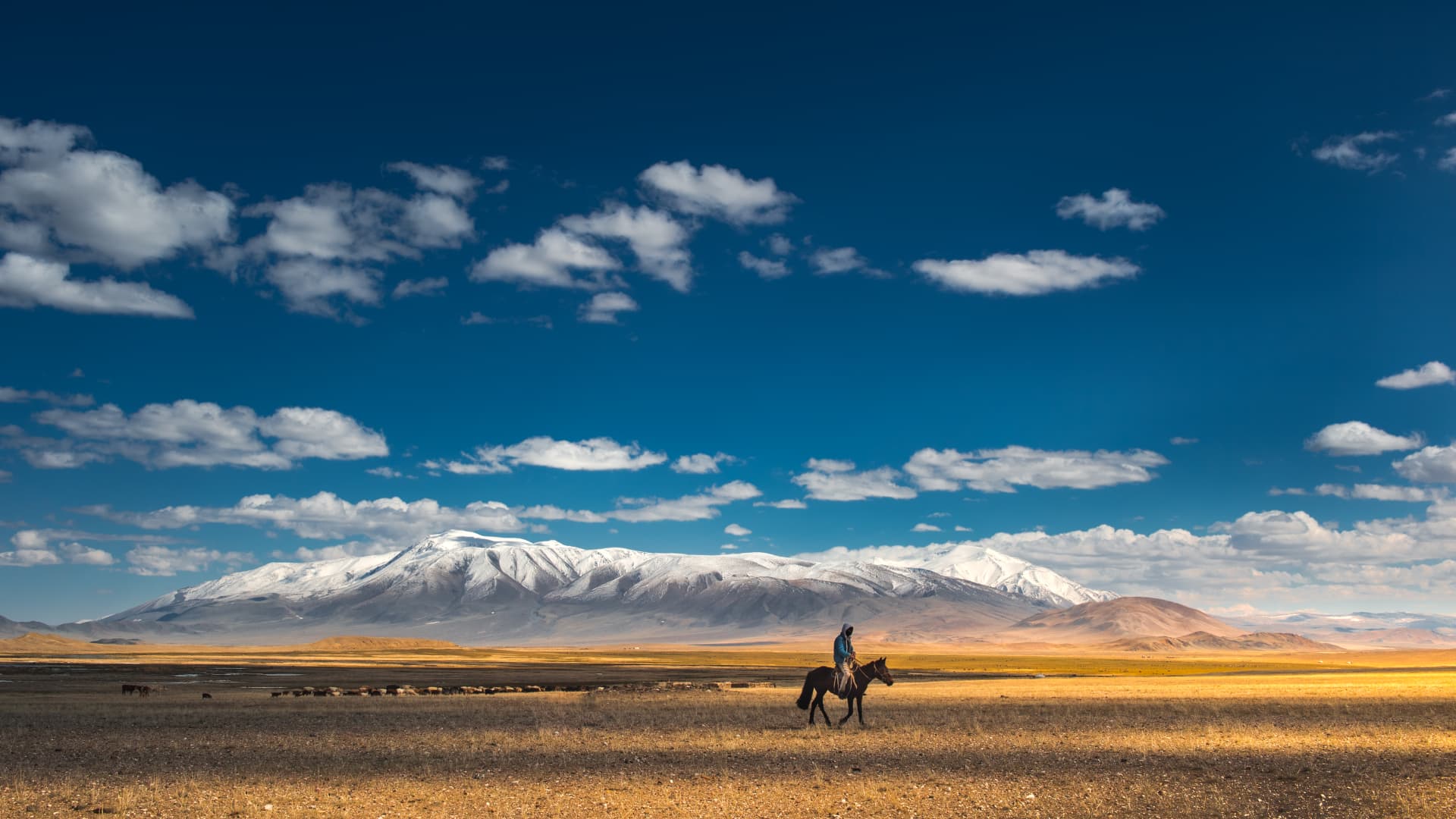Tourism could comprise 10% of Mongolia’s gross domestic product if the country can attract 2 million annual tourists by 2030, the country’s tourism minister told CNBC Wednesday.
“We have a big, ambitious kind of goal, which is about 2 million tourists by 2030, which will be around a $4 billion contribution towards our GDP,” said Nomin Chinbat, Mongolia’s minister of culture, sports, tourism and youth.
Money from tourists currently makes up between 3%-4% of Mongolia’s GDP, she said.
The landlocked Asian country welcomed a record-breaking 808,000 foreigners in 2024, and interest continues to rise, especially among those seeking nature, adventure, culture and spiritual tourism, Chinbat said.
“Tourism numbers have been growing quite rapidly,” she said. “Year on year, growth has been around 9%. We’re wishing to increase it to 16%.”
Incoming flights from the US
United Airlines’ first flight to Mongolia landed Thursday night, an event Chinbat called a “milestone” for the country’s tourism industry.

“We’ve recently done a Mongolian tourism strategy with Boston Consulting Group, and one of the key aspects in order to improve our tourism industry is international connectivity, and especially from North America.”
She said Mongolia is hoping that the thrice-weekly flights, which land in Tokyo before departing for the Mongolian capital of Ulaanbaatar, will “at least the double” the number of U.S. visitors, which last year topped 22,000 people.
“The USA is one of our source markets, a market we’re working towards, and the fact that it is one airline, even though it’s connecting in Narita [Airport], it will make it much more convenient for people to be able to fly to Mongolia.”
Most inbound travelers to Mongolia hail from its neighboring countries of China and Russia, as well as South Korea.
Investing in infrastructure
Mongolia needs to invest $4 billion to build roads, hotels, camps and other infrastructure to support its burgeoning tourism industry, Chinbat said.
“The government is creating low-rate, long term loans for public and private entities to cooperate together in order to quickly increase the infrastructure,” she said.
As interest in visiting Mongolia rises, Chinbat said, the country’s biggest challenge is ensuring that the country grows in a sustainable way.
“We need to make sure that our natural resources are … sustained. And on the other side, that locals benefits from the tourists coming into Mongolia too,” she said.





